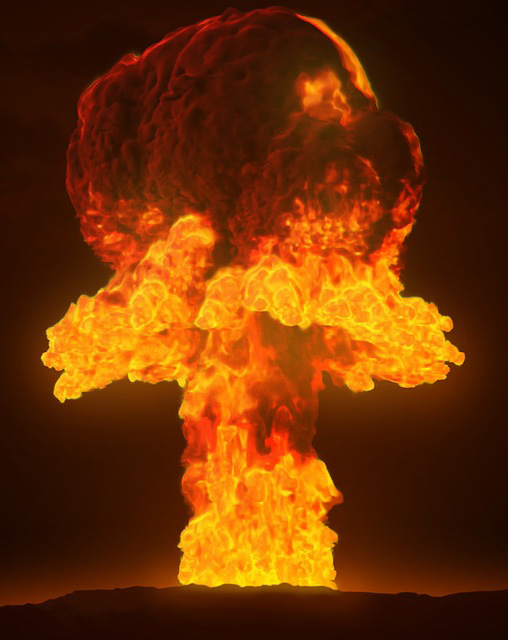THE ATOMIC BOMB: HIROSHIMA AND NAGASAKI
On May 17, 1945 World War II ended. On that day, Germany’s Nazi forces surrendered to America, but one of Germany’s allies didn’t want to stop fighting. Although surrenders’ repeated demands, Japan continued to fight with America and its allies.
President of the time, Harry S. Truman struggled with this situation. Japan was their enemy. At Pearl Harbour, Japan attacked an American naval base. It made Americans very angry. Truman decided to do something radical. He made one of the biggest decisions in history. He ordered an atomic bomb be deployed, which was the deadliest weapon ever made. Scientists had mentioned that it could destroy an entire town and cause diseases among survivors for many years.
On August 6, 1945, the first atomic bomb was dropped by an American airplane on an important Japanese military town called Hiroshima. Three days later, they dropped the second bomb on Nagasaki, Japan. Both Hiroshima and Nagasaki were destroyed. 110,000-140,000 people were killed by the bomb attacks. They destroyed very large areas of the two cities. The bomb also released hazardous chemicals into the air. The air made people very sick. Because of the exposure to these harmful, cancer-causing chemicals, thousands more died.
After the destruction caused by the bombs, Japan had to surrender on September 2, 1945. It meant that the war was over. Today, there is a Peace Memorial Park where the bomb was dropped. Every year on August 6, people come to the park to remember those who were lost and to pray for peace.
Adapted from Readworks’ website

